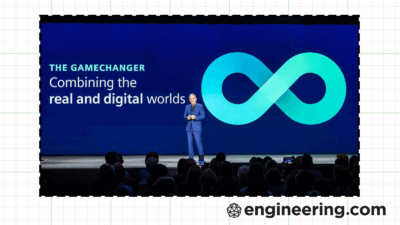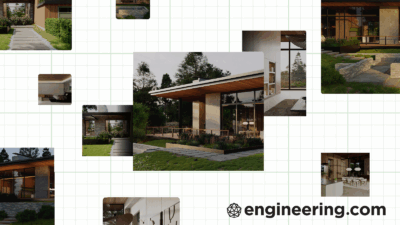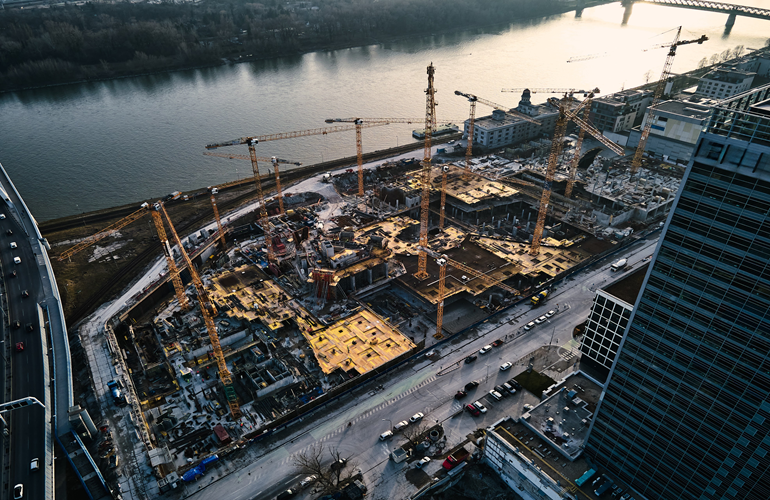
By Mike Williams, senior product marketing manager, Bentley
With the environmental impact of infrastructure projects under increasing scrutiny, the conversation around carbon emissions is changing. Operational carbon now dominates sustainability discussions, and embodied carbon—emissions generated during material production, transportation, and construction—is emerging as a critical and under-addressed factor. In many infrastructure projects, embodied carbon accounts for more than 50% of total lifecycle emissions.
This shift in focus caused infrastructure professionals to reimagine their approach to design and delivery. Leading the charge is Bentley’s Carbon Analysis, a new tool that turns embodied carbon from a reporting obligation into a powerful design parameter.
The embodied carbon blind spot
Infrastructure assets are typically designed with operational efficiency in mind, as designers work to reduce energy consumption, optimize usage patterns, and integrate renewable systems. But embodied carbon is often locked in during design and construction, well before the asset becomes operational. Once materials are selected and ground is broken, the window to reduce these emissions narrows dramatically.
Despite its environmental significance, embodied carbon is difficult to measure and manage. Traditional workflows rely on manual data entry, siloed spreadsheets, and post assessments, all too slow to influence early-stage decisions. And because carbon data rarely flows seamlessly between phases, vital insights are lost or outdated before they can be acted on.
This is where carbon intelligence becomes essential.
What is carbon intelligence?
Carbon intelligence is more than just tracking emissions—it’s about embedding carbon as a core decision-making parameter across the design and delivery of infrastructure. Carbon intelligence enables real-time visibility into the environmental impact of materials, layouts, and construction methods, turning sustainability into a live design variable, rather than a post-design audit.
By leveraging carbon intelligence, project teams can evaluate the trade-offs between design options based on their carbon footprint, alongside cost, safety, and performance. This evaluation allows them to answer key questions during the design phase, including:
- Can changing to a different material reduce carbon without compromising structural integrity?
- Can a design modification lower emissions without inflating cost?
- Can reordering construction sequences result in carbon savings?
Carbon intelligence transforms carbon from a retrospective report to a part of proactive design, unlocking early-stage decisions that yield long-term emissions savings.
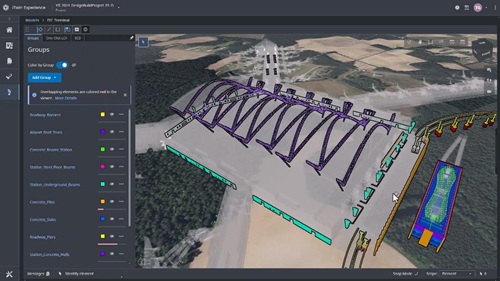
Bentley Carbon Analysis: Embedded carbon intelligence
Bentley Carbon Analysis bridges the gap between ambition and action by integrating carbon insights directly into infrastructure design workflows. Built on the Bentley iTwin platform, this cloud-based solution enables designers, engineers, and stakeholders to calculate, report, and visualize embodied carbon in context within a digital twin environment.
- Automated material quantity extraction: Instantly extract material quantities from 3D design models, eliminating manual input errors and saving valuable engineering time.
- One-click carbon reporting: Generate accurate, standards-aligned embodied carbon reports with a single click. Integrated with trusted LCA platforms like One Click LCA and EC3 from Building Transparency, embodied carbon reports cover A1–A3 life cycle stages and follow EN 15804 and ISO 14040/44.
- 3D heatmap visualization: Carbon data is displayed as intuitive heatmaps directly within your model, allowing engineers to identify high-impact materials and structural elements in real time.
- Cloud-based collaboration: Enable seamless teamwork across disciplines and geographies. Cloud architecture ensures carbon data is always accessible, always current, and always aligned with the latest design updates.
- Digital twin integration: When used with Bentley iTwin technology, teams can create “carbon twins”—digital replicas of the asset that track emissions across all phases of the project lifecycle, from concept through operations.
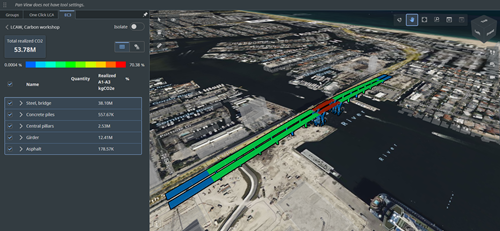
Built for engineers. Designed for results.
Carbon Analysis gives infrastructure professionals the tools they need to make meaningful decarbonization decisions without disrupting fast-paced project timelines.
- Faster carbon assessments: Go from weeks to hours with automated workflows.
- Better design trade-offs: Compare material options based on carbon, cost, and performance.
- Fewer late-stage changes: Catch carbon-intensive design elements before construction and procurement begin.
- Improved sustainability alignment: Demonstrate measurable carbon reductions to clients, regulators, and investors.
By making carbon data visual and actionable, Bentley enables engineers to drive sustainability outcomes, not just report on them.
The strategic edge of carbon intelligence
Carbon intelligence is not just a sustainability tool—it is a strategic advantage. Firms that can measure and reduce embodied carbon are better positioned to:
- Win sustainability-conscious clients and green finance
- Comply with evolving regulations in global markets
- Reduce material waste and construction costs
- Deliver more resilient and future-ready infrastructure
By embedding sustainability into the design process, teams can make smarter trade-offs, optimize across the project lifecycle, and ensure their assets align with both climate goals and community values.
A carbon-intelligent future
As infrastructure professionals embrace digital transformation, tools like Bentley Carbon Analysis are poised to become foundational. They offer a scalable, intelligent pathway for infrastructure professionals to not just meet but lead the sector’s decarbonization efforts.
Engineers, designers, and asset owners no longer must choose between performance and planet. With the right tools, they can optimize for both.
The era of reactive sustainability is over. The future is carbon intelligent.
Start your journey toward carbon-intelligent infrastructure today and explore Carbon Analysis to design responsibly, build efficiently, and lead with data-driven sustainability.
Sponsored by Bentley Systems


